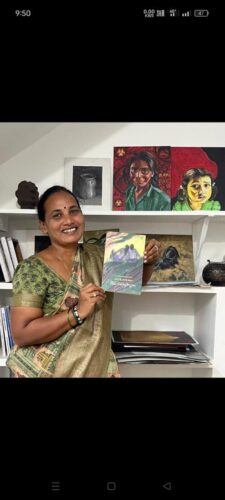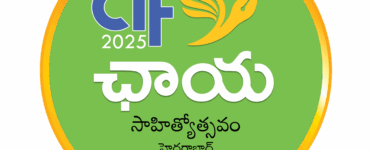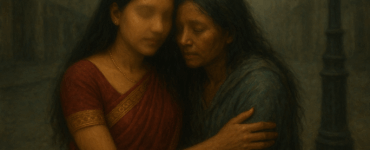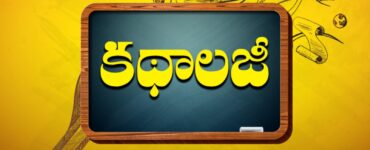Why do we read stories? Different people would give different answers to this question. One of the reasons that compels me to read short stories is that it lets me peep into lives I would never live, get a perspective about other people and cultures, and (hopefully) view some real-world experiences with more empathy. Other forms of fiction and non-fiction can do that too, of course, but this is the format I like the most. There is no dearth of short stories in English. Why should we then look out for stories from other languages? What do we get from reading translated stories? Authors write in the language they are most comfortable with, which is not always English. So, to me as a reader, translations enrich existing literature in a given language (English, in this case).
Endapalli Bharathi’s stories are primarily sketches of life in a small South Indian Telugu-speaking village community. The focus of these stories is not the individual and they are all about the celebration of happy and sad moments in the lives of a community of people (mainly women), rather than experiments in the craft of storytelling. Many stories even appear like they follow the same format, a bunch of women chit-chatting while at work or just sitting and relaxing somewhere, and do not have a clear ending (“The Dal Dilemma”, for example). What made me hooked as a reader are the vivid descriptions of the day-to-day life in the village including details about cultural practices. As a reader, it always seemed to me that the Indian life and culture depicted in Indian English literature is very different from what we see in literature from Indian languages, and translations play a big role in introducing the diversity of our literature. The milieu of the stories was unique for me even as a Telugu reader, and I felt they would be a good collection of stories to introduce to those who normally read in English.
When I started translating, I ran into a few issues that I did not think much about as a reader. The stories are all written in the specific dialect of one region, set in a specific cultural and rural milieu. While I am familiar with the dialect in general as I grew up closer to those regions, the rural culture depicted in these stories was entirely unfamiliar to me, as a lifelong urban dweller. Chosen from her first collection of short stories “Edari Batukulu”, were relatively short and straightforward to read, whereas the stories from the second half, chosen from her second collection “Bathukeetha” are longer, and the language was relatively complex to fully understand even as a Telugu reader. Sometimes, I could not find English equivalents for some references e.g., local plant names. Thus, while translating, there were a few challenges and a few decisions to make.
Translating a dialect from one language to another is not straightforward, and there is no direct mapping between one dialect in a language and another in another language, anyway. So, I chose to translate in a relatively standard language, leaving a few dialectical words as is, to give the English reader a flavor of the dialect. After going back and forth during the course of writing this book and looking at other translated books I came across during this period, I finally decided to avoid footnotes and use in-text explanations where needed and add a list of kinship terms as a separate glossary, as they recur throughout the book, and there are no clear English equivalents. I had to seek additional clarifications on a few things beyond asking for meanings of specific dialectical words, though. There were a few idioms and proverbs that were new to me and needed additional context to translate. A few others needed a broader understanding beyond what is stated in the story, to be able to translate. Thus, during translation, I ended up learning about things like what people do with tamarind seeds (“Enough To Eat Is Enough To Live”), the process of preparing white stone powder (“The Charcoal Kiln”), and the farmers’ calendar for crops (“Scheduling with the Stars”), to be able to provide the necessary context for an English reader.
I wanted to preserve the native idiom where possible and also left a few words untranslated and a few culture-specific descriptions unchanged. For example, in the story “Brass and Tears”, the narrator describes how her mother’s face had a glow that was similar to the glow that applying fresh turmeric gives to our face. Applying turmeric to one’s face is not a universal practice, and it may appear odd to an English reader. Although I initially wondered if it makes reading difficult in English, this is not some novel experiment in translation. We come across culturally grounded words and idioms here and there in books translated from other languages too. A lot of European books I read have such expressions, where, as a reader, I understood the meaning from context and searched further if something fascinated me. So, I reached the conclusion that some amount of strangeness would not hurt in a translated text. I hope people who read this collection will agree with me towards the end.
*









Wow, amazing.